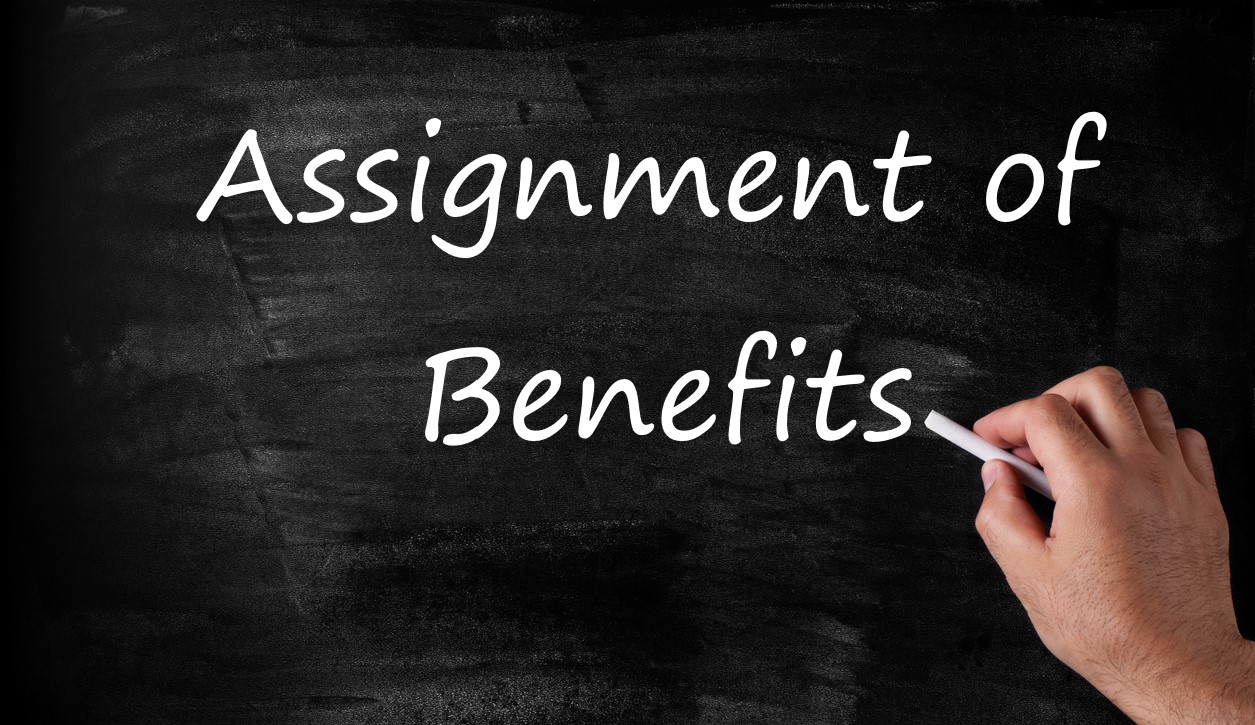The issue of whether a total cessation or a mere slowdown in productivity is required to trigger business interruption coverage is one of those questions that will most likely be defined in the policy. If not, courts will be given an opportunity to answer the question, which could lead to undesired results for either party. While many carriers require a “total cessation” in order to trigger coverage under a business income provision (not extra expense), some courts have disagreed with this “all or nothing” approach, depending on the language of the policy in question.
For example, in American Medical Imaging Corp., v. St. Paul Fire and Marine Ins. Co., 949 F.2d 690 (3rd Cir. 1991), the court allowed recovery even though business continued at less than normal level rather than requiring a total cessation of the business operations.
In American Medical Imaging, the insured’s business was damaged by fire. The insured immediately rented space at an alternative site and relocated the next day to a place with substantially fewer telephone lines, which were essential for the business’ operations. The insured did not return to its headquarters for approximately six weeks.
St. Paul denied the claim, citing the fact that no suspension of business occurred, and a lawsuit followed. American Medical lost at the trial level, but prevailed on appeal. Under a provision similar to the one cited above, the court ruled in favor of American Medical:
Under the district court’s construction of the policy, the insured would have no motivation to mitigate its losses. Continuing in business at any level would bar recovery because the insured would be carrying on the same kind of activities that occurred at the covered location. We decline to accept the suggestion that this was the intent of the parties. Indeed, other provisions of the policy bear witness to a contrary intent. For example, the policy imposes on the insured an affirmative duty to mitigate its losses:
If you can reduce your loss by resuming operations at the covered location or elsewhere by using damaged or undamaged property … you agree to do so.
Under the district court’s reading, this provision would have imposed upon AMIC a duty, the performance of which would have forfeited its right to recover under the policy. We are confident that such an anomalous result was not intended and choose to read the policy terms regarding St. Paul’s duty to indemnify as consistent with AMIC’s duty to mitigate.
As pointed out in Total Cessation v. Partial Cessation – Understanding Business Interruption Claims – Part 37, Vincent Morgan’s article in CAT Claims: Insurance Coverage for Natural and Man-Made Disasters, explains that while the “total cessation” approach may have some logic, it also has significant shortcomings:
1. Failing to accurately address the realities of large businesses that operate worldwide on a “round the clock” basis that would never cease operations
2. Creating perverse incentives for insureds to enhance their insurance recovery by not taking all possible steps to maintain partial operations, increasing the loss and decreasing economic output; and
3. Creating inconsistent obligations for insureds because of the corresponding duty to mitigate, leaving an insured that can mitigate a loss by maintaining partial operational capabilities without coverage due to the lack of total cessation.
An interesting article published by IRMI titled, When Does Business Interruption Insurance Coverage Stop?, by Jay M. Levin, also elaborates on the issue.
"Necessary Suspension" Includes Awaiting Equipment Repair
This same issue was raised very recently in federal court in Pennsylvania. In iCue Corp. v. USF&G, Civil Action No. 07-1871 (E.D. Pa.), iCue was in the business of broadcasting mass e-mail and facsimile business communications using highly specialized, proprietary computer equipment. iCue would send communications only to recipients who consented in advance to receiving them, as opposed to broadcasting spam. A covered power surge and ensuing power outage struck iCue’s offices, causing more than $200,000 in covered damage to the computer equipment.
USF&G determined that the power outage lasted approximately 7 1/2 days. When power was restored, iCue was able to limp along at a significantly reduced capacity while waiting for USF&G to adjust and pay for the loss to the equipment. USF&G ultimately paid for the physical loss or damage, but took the position that BI coverage was available only for the 7 1/2 days power was out and that BI coverage terminated as soon as iCue resumed any operations.
The parties filed cross-motions for summary judgment on the meaning of "suspension" of operations. The court granted iCue’s motion and denied USF&G’s motion in a 3-page order. In the footnotes to the order, the court held that "necessary suspension" should not be construed to require a total cessation of business operations. Instead, the court held that the policyholder need show only a necessary reduction of its operations. The court, therefore, granted summary judgment that "necessary suspension" included the time when iCue was limping along while awaiting repair and replacement of its equipment.
The lesson for risk managers is that some policies specifically provide coverage for partial suspension of operations and, given positions being advocated by at least some insurers, a risk manager would be well advised to try to obtain coverage, including an express definition of "suspension" that covers both total and partial cessation of operations. If the policy does not contain specific coverage for partial suspensions, the risk manager should ask what position the insurer will take in the event of a covered loss. If the insurer will take the position that BI coverage terminates as soon as the insured resumes partial operations, either an endorsement should be obtained or a new insurer sought.



